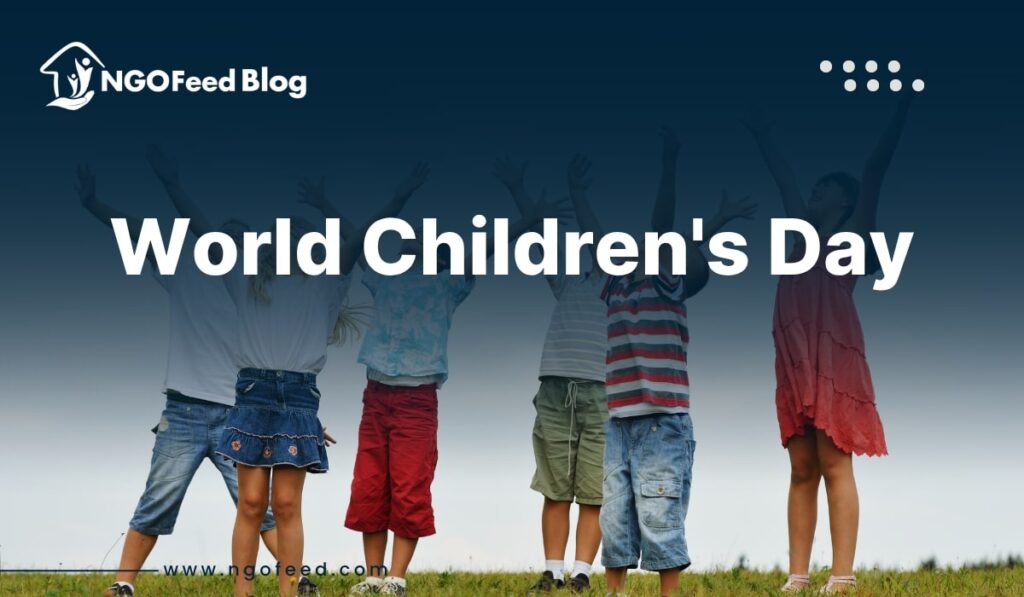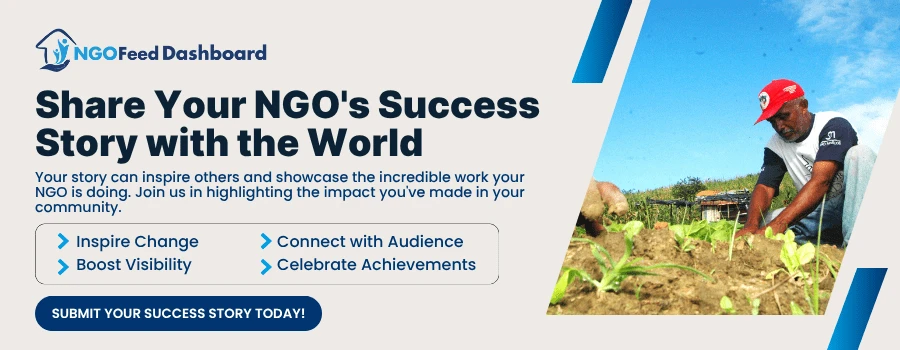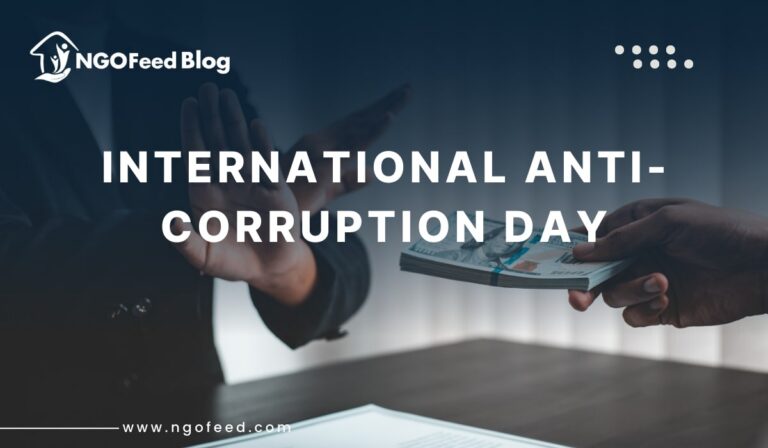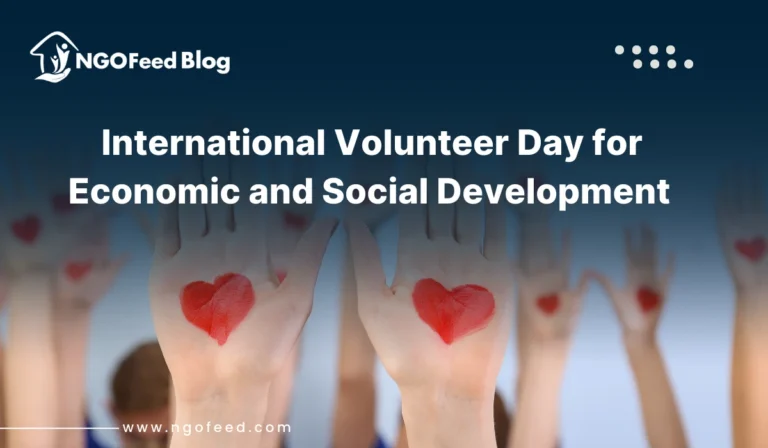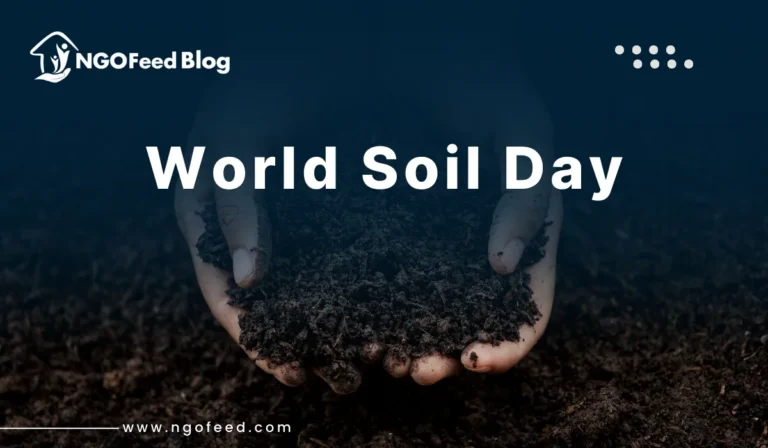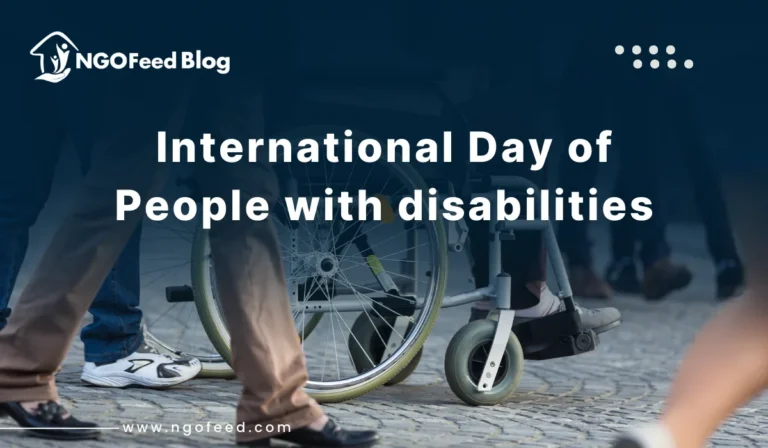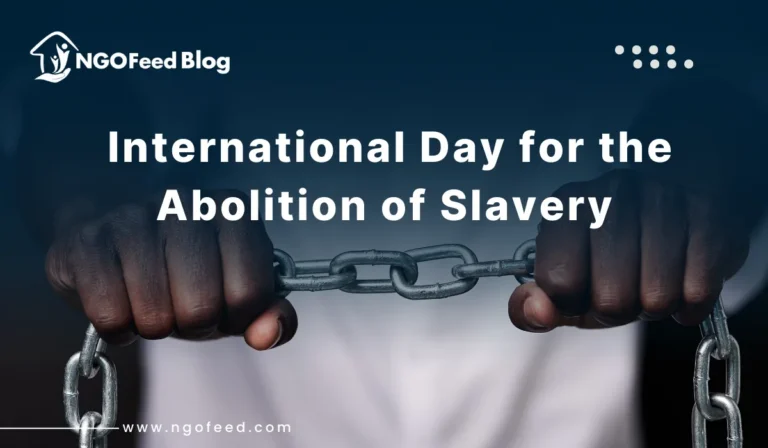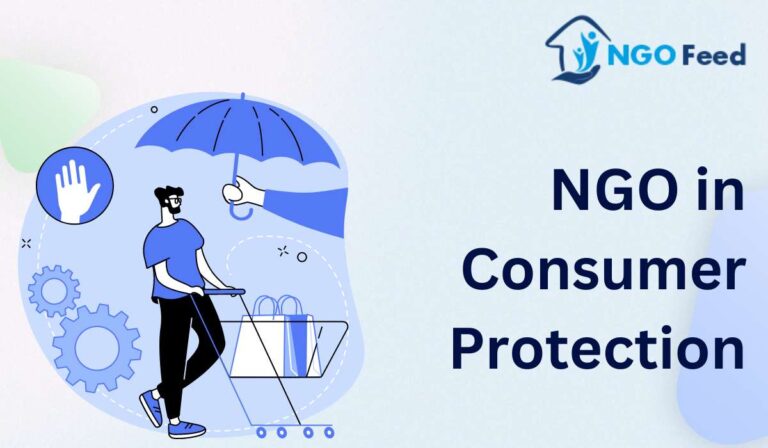World Children Day 2025: Though millions of children worldwide are refused these fundamental entitlements, every kid has love, care, education, and protection. World Children’s Day is observed worldwide every November 20 to highlight kids’ welfare and entitlement to a happy, safe, dignified life.
Created by the United Nations, this commemoration helps us to remember that kids are active players in defining the present, not only the future. It emphasizes the need to build a world where every kid—no matter background—may survive, grow, and learn.
World Children’s Day brings governments, non-governmental organizations, teachers, and people together to reaffirm their dedication to the UN Convention on the Rights of the Child (CRC)— the most often accepted human rights agreement in history.
Table of Contents
What is World Children Day?
Celebrated yearly all around, World Children’s Day aims to advance children’s rights and well-being. It calls for access to healthcare, education, equal opportunities, and safeguards against abuse and exploitation.
Children can also express their ideas and help to shape decisions that impact their life on this day, which UNICEF spearheads observation of. Calls it a “day for children by children” all across.
History of World Children Day
World Children’s Day first began in 1954, when the United Nations General Assembly declared Universal Children’s Day to advance child well-being across the world.
Two historical occurrences give 20 November importance:
- 1959: The Declaration of the Rights of the Child was adopted by the United Nations General Assembly.
- 1989 saw the adoption of the Convention on the Rights of the Child (CRC).
- The CRC specifies kids’ rights to participation, growth, safety, and survival. It sees kids as people with rights rather than as passive recipients of adult care.
- Consequently, 20 November is a double memorial honoring both dedication and action in creating a society whereby every kid might achieve their full potential.
Subject matter
World Children’s Day has a unique theme every year geared at worldwide challenges impacting youngsters. Though the theme changes, it always emphasizes inclusion, empowerment, and equality.
Themes recently have covered:
- 2023: “For every child, every right.”
- 2022: “For every child: inclusion.”
- 2021: “A better future for every child.”
The emphasis keeps on elevating young people’s voices, fighting injustices, and inspiring action for institutional transformation.
World Children’s Day 2025 Goals and Targets
World Children Day is a call for real action rather than just a symbolic celebration. Its chief targets include:
- Advocating Child Rights: Encouraging the ideas of the UN Convention on the Rights of the Child.
- Giving everyone an education: Increasing access to inclusive and excellent schooling.
- Protecting children from economic and sexual exploitation helps to stop child labour and abuse.
- Encuring availability of healthcare, clean water, and healthy cuisine would help to improve health and nutrition.
- Encouragement of involvement in civic and social affairs helps to empower children’s voices.
- Fighting Inequality: Bridging gender, socio-economic, and cultural divides influencing children’s development.
- The day finally aims to make sure “no child is left behind.”
Relevance of this Day
For society, governments, and NGOs, World Children’s Day is extremely important since:
- The bedrock of development is children; funding their health, education, and protection guarantees long-lasting growth.
- Human rights are child rights; violations against children—such trafficking, labour, and abuse—undermine human dignity.
- Empowerment promotes peace: Educated and valued children develop into responsible, sympathetic adults.
- Millions of people continue without access to schools, immunizations, and suitable living conditions, therefore perpetuating worldwide inequity.
- The day is a forum for NGOs to promote legislation protecting child welfare, raise resources, and work together on international campaigns for change.
How to Celebrate?
Across countries, World Children Day is observed artistically, usually with kids front and center. Typically observed are:
- Children’s parliaments let young people express their views by metaphorically taking charge in NGOs, governmental offices, or schools.
- Social media drives, displays, and street shows help to raise awareness of children’s rights.
- School and nonprofit groups host talks on issues including mental health, equality, and safety.
- Encourage kids to share what a “better world” means to them in artistic and essay competitions.
- Many monuments light in UNICEF’s characteristic blue to represent support for children’s causes.
NGOs’ Challenges and Role
Role of Non-Governmental Organizations
Child rights advocacy and protection front and centre include non-governmental organisations. Their contributions comprise:
- NGOs like Save the Children, CRY (Child Rights and You), Smile Foundation, and Plan International rescue children from abuse, trafficking, and labour.
- Running awareness campaigns, scholarship initiatives, and community-based schools helps to raise awareness.
- Health and Nutrition: Organizing medical camps and guaranteeing immunisation in distant locations.
- Child Protection Advocacy: Seeking legislation to improve child welfare and ensure appropriate enforcement from governments.
- Programs of Empowerment: Inspiring kids to speak up via child clubs, leadership development, and adolescent councils.
NGO Challenges Encountered
NGOs experience several challenges despite their essential role:
- Many people depend on grants and donations, therefore restricting their long-term effects.
- Legal hurdles: Complex legislation including the FCRA (Foreign Contribution Regulation Act) influence funding.
- Social Stigma: In conservative societies, arguments about child abuse or rights meet resistance.
- Difficulties in Access: Getting to isolated, war, or underreached areas can prove challenging.
- Lack of cooperation between local and global organizations weakens reach.
- Still, NGOs keep driving transformation using tenacity, community trust, and creative projects.
Indian and global viewpoints
National debates on child-friendly governance are held in countries like Sweden, Canada, and New Zealand. UNICEF’s youth ambassadors give speeches in world platforms and parliaments.
In India, NGOs and governmental organizations plan programs in schools and settlements. Emphasizing free education and protection from exploitation, Article 39 and 45 of the Indian Constitution fits child welfare. Projects like Mid-Day Meal Scheme, Beti Bachao Beti Padhao, and POSHAN Abhiyan show national dedication.
Conclusion
World Children Day is a worldwide promise to support justice, equality, and opportunity for every child rather than simply a party. It brings home the point that only by protecting and empowering the most weak may real development be realized.
Governments have to give kid-friendly policies top importance; teachers have to promote inclusivity; NGOs have to keep relentlessly fighting for children’s rights. Above all, every citizen must understand their responsibility in creating a world free for every youngster to dream bravely.
As UNICEF correctly points out, “a better world for children is a better world for all.”
Frequently Asked Questions (FAQs)
Q1. When is World Children’s Day celebrated?
A: It is observed on 20 November every year.
Q2. Who established World Children’s Day?
A: The United Nations General Assembly established it in 1954.
Q3. Why is 20 November significant?
A: It marks the adoption of the Declaration (1959) and Convention (1989) on the Rights of the Child.
Q4. What is the aim of this day?
A: To promote children’s rights, ensure their protection, and inspire global action for their well-being.
Q5. How can NGOs contribute?
A: By advocating for child rights, rescuing children from abuse, providing education, and empowering youth voices.

